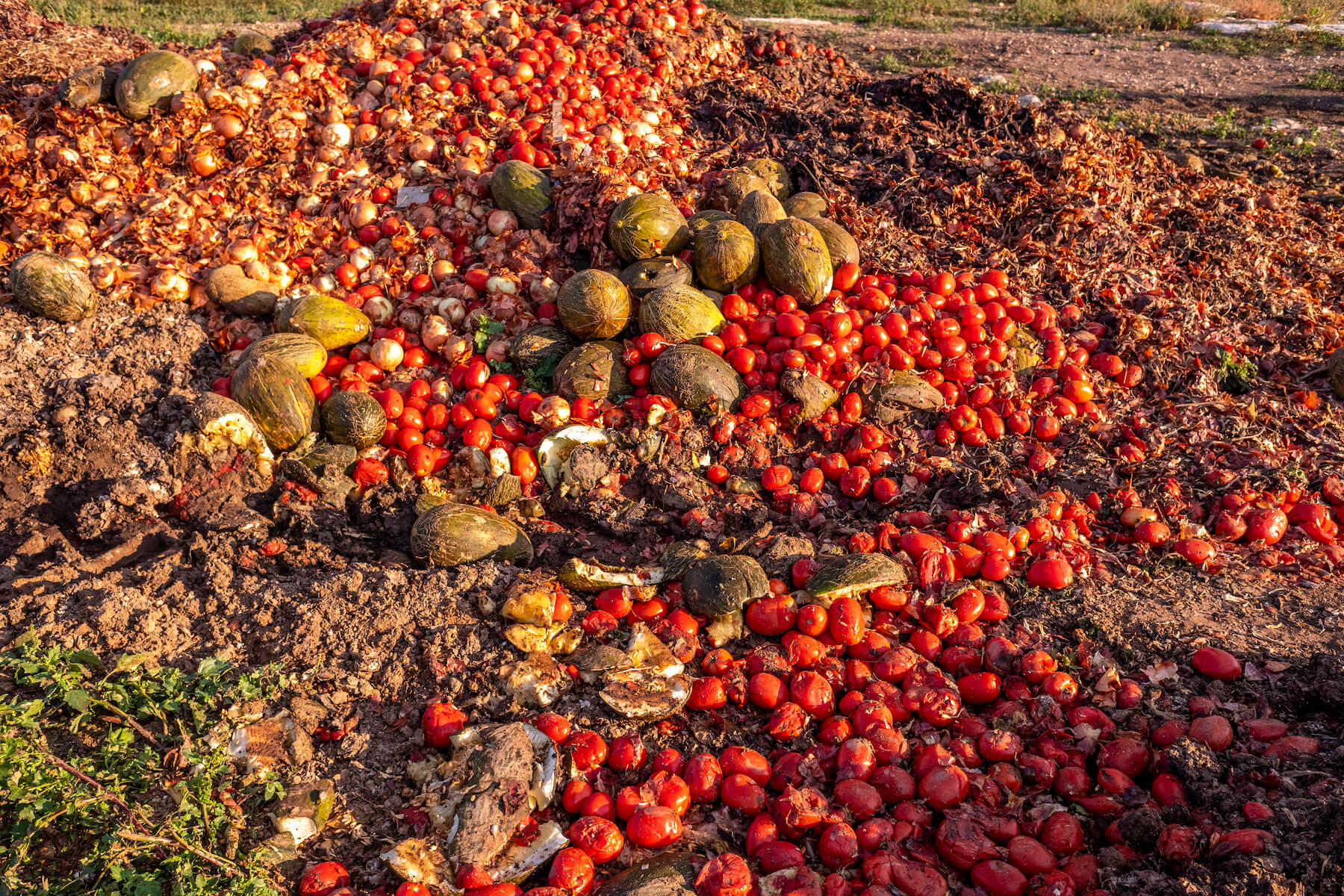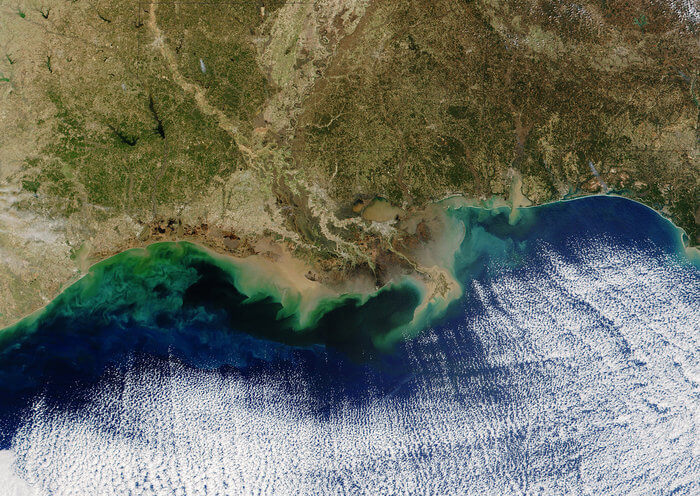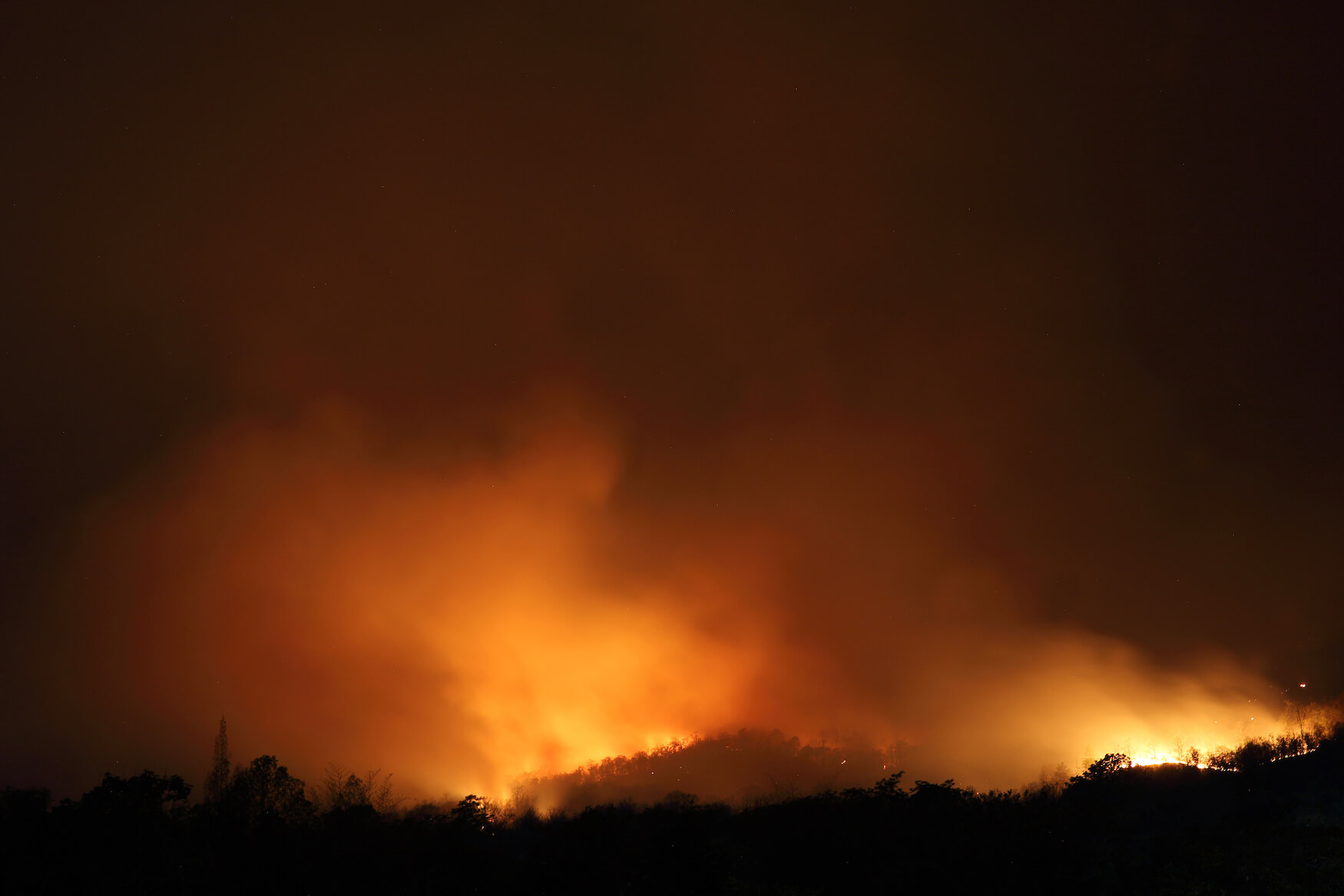
What do we know about the environmental, social, and economic impacts of global food production and our culture of over consuming? The way we consume food, along with our sourcing, production, and waste affects the natural cycles of the Earth, threatening our livelihood and biodiversity as it contributes to climate change. This isn’t an article advising you to only eat vegan, or only eat locally grown and organic products. This is an open conversation about where our food comes from, what effects it can have on the environment, addressing food insecurity and inequalities, and what adaptations we can make to better serve ourselves, our community, and our planet.
Food Production and Land Management
This is one of the largest global sustainability challenges. Years of research show the need to gravitate towards more efficient food production in order to mitigate negative climate impact. In the current system of global conventional farming, food production is proven to be inefficient and contributes acutely to climate change. Further, widespread deforestation and improper land use cause loss of biodiversity and native species, and pollutes the water, land and air.
Mismanagement and improper use of lands are among the biggest challenges facing our planet. A major catalyst of deforestation in the Amazon is the need to make room for soybean plants to feed livestock all over the globe. Deforestation minimizes the forest’s natural ability to store carbon, releasing CO2 emissions while destroying some of the world’s richest biodiversity. This, paired with poor farming practices, also strip the soil of nutrients and the ability to sequester carbon.
Aside from deforestation, there are also concerns stemming from large-scale farming and its reliance on fertilizers containing phosphorus and nitrogen. These fertilizers create higher yields and ensure consistent growth of crops on lands that have been degraded by decades of high-intensity farming. The tradeoff to higher yields is rainwater runoff containing chemicals that will make their way into bodies of water to create algae blooms, contaminate drinking water, and impact plant diversity on land.
Algae blooms create dead zones, meaning the water lacks proper oxygen, killing off plants and animals. This can be seen where rivers and streams from across the Great Plains flow into the Mississippi River to eventually meet the Gulf of Mexico. Economically, the Gulf of Mexico supplies about 40 percent of the United States seafood, according to the NOAA, meaning this dead zone has the potential to cause long-term economic devastation to local fisheries and tourism industries.

Disparity of food waste and food insecurity
Going to bed hungry or not having access to nutritious food is not something that only happens in impoverished areas of the world. Food insecurity is a reality for many people here in the United States as well. The USDA claims that 37 million Americans are food insecure, meaning inadequate access to enough food for an active and healthy life. It exists in all communities, across all walks of life.
Generally, food insecurity is due to insufficient funds and the volatile environment of households living under the poverty threshold, often working multiple low wage jobs. Meanwhile, in the U.S alone, $218 billion worth of food is wasted or lost each year. It’s difficult to conceptualize how so much food is wasted, yet many individuals, including children, don’t know where their next meal is coming from. Quite a disparity, right?
In places with intense malnourishment and hunger such as parts of Africa, food loss is due mostly to poor infrastructure such as improper storage that leads to billions of dollars of post-harvest food lost each year, enough to feed millions.
Research shows our population reaching nearly 10 billion globally by 2050. It seems daunting to solve world hunger, food insecurities and the political instabilities associated with these issues as our population is experiencing continued exponential growth. But the fact remains that our world already produces enough food to feed everyone on the planet, yet, food and the resources associated with it are still lost. According to the United Nations, reaching the goal of Zero Hunger by 2030 still remains a major challenge. Concurrently, policies need to be adapted to allow access to affordable, nutritious and sustainable foods.
Food Loss and Waste in our food supply chains
Annually, somewhere along the global food supply chain, a third of our food supply is lost or wasted. In the U.S., the percentage of food lost or wasted is even higher, reaching between 40 percent and 50 percent. At the farm level, produce with irregular shapes or colors or the produce that doesn’t fit perfectly into the pre-sized package get thrown out. In grocery stores, where 10 percent of food waste occurs, produce that hasn’t been sold by its sell-by date is often discarded. According to the USDA, sell-by dates are an indicator of best quality, not of safety, meaning tons (literally tons) of perfectly good food ends up in dumpsters each year.
The environmental impact associated with food loss also encompasses the energy, fossil fuels and previously stressed natural resources (such as land and water) used to produce, process and transport our food. The greenhouse gasses emitted from food waste alone equates to about 4.4 gigatonnes of CO2 per year. This comes from the FAO of the United Nations stating that “if food wastage were a country, it would be the third largest emitting country in the world,” following behind China and the U.S.
Climate changes affecting food production
July 2019 was the hottest month ever recorded and these rising temperatures threaten farmers growing seasons. More fluid and extreme weather patterns – such as intense rainfalls in the Midwest lead to flooding and erosion while drought and wildfire risk in California all disrupt the normal patterns of agriculture.

From an economic standpoint, unprecedented climate disruptions create unstable vulnerabilities for the livelihood of farmers and other stakeholders having largely diminished yields of annual crops. These major losses not only lead to financial uncertainty for the farmers but also the consumers as it makes food prices unstable and food items more scarce.
From Linear to Circular
Currently, humans consume natural resources in a linear pattern of take, make, waste. In the natural world, everything is fluid and exists in the modality of perfect balance. To achieve a similar harmony in our society, we need to shift our food systems and consumption to imitate Earth’s natural cycle. Regeneration is a powerful tool that closes the linear pattern to form a circle, meaning instead of food waste, it can become livestock feed, biofuel or compost. The current linear system uses one third of crop land just for fostering livestock feed. A circular economy promotes prosperity, alleviates waste and offers redistribution of uneaten food, which helps mitigate food insecurity of individuals in the community.
Integrating a plant based diet
It is a well known fact that the vast majority of our global population is nowhere near a fully vegetarian diet – and no reputable source is directly telling people that is what needs to be done. On the other hand, these sources will likely present facts that red meat such as beef, lamb and pork are linked to increased greenhouse gas emissions. In fact, the FAO of the United Nations found that cattle are responsible for 62 percent of livestock emissions, which overall accounts for 15-18 percent of total GHG emissions.
Replacing red meat with poultry, such as chicken, or simply integrating more plant based meals into your diet yields fewer carbon emissions and requires less land and water. Experts say that red meat should be consumed on average about 1.5 times per week. Currently the western demand for beef is heavily linked to deforestation, excessive land and water use, polluted waterways and carbon emissions.
What can we do?
There are many small initiatives individuals can take. If you garden or own land, consider organic fertilizer and planting crops, such as cover crops, that contribute to soil health and capture carbon. Educate those within the community if they are looking for answers and as a business owner, always think about the triple bottom line: people, planet, profit when applicable.
Support non profits or companies aimed at mitigating food waste and food insecurity like Feeding America or Imperfect Foods. Be mindful of food practices such as waste when shopping or out to eat. Buy local whenever applicable, compost food scraps, and donate excess food to the local food bank or nonprofit. Under the Bill Emerson Good Samaritan Act of 1996, those who donate food that would otherwise be wasted are protected from liability should a person get sick. It’s always been a myth that you can’t donate food. SO DONATE!
To be honest, writing this article posed a challenge. There are so many different problems stemming from the root of global food production and I guess that makes sense, given the roughly 7.6 billion people that inhabit the Earth. In the spirit of keeping this article from being the size of a Stephen King novel, this is just the tip of the iceberg. For anyone interested in learning more, there is a multitude of information at your fingertips. I invite you to dig deeper through factual research of scientific papers, credible news outlets or even a TEDTalk.
With mounting global issues centered around food, there are also mounting solutions. They exist in the form of nonprofits and companies that close the gap of food scarcity, waste and inequalities. Additionally, new, cutting edge technology like advanced farming tools make the future of farming more precise, more efficient and less wasteful. There exists a network of innovative minds creating technologies and partnerships that encompass change and efficiency to better serve the planet and the communities that exist on it.
Kait Spielmaker is a Michigan native who relocated to Phoenix, and is the digital coordinator at Green Living Magazine. She is an avid hiker and is working on her master’s degree in Sustainable Tourism at Arizona State University.






